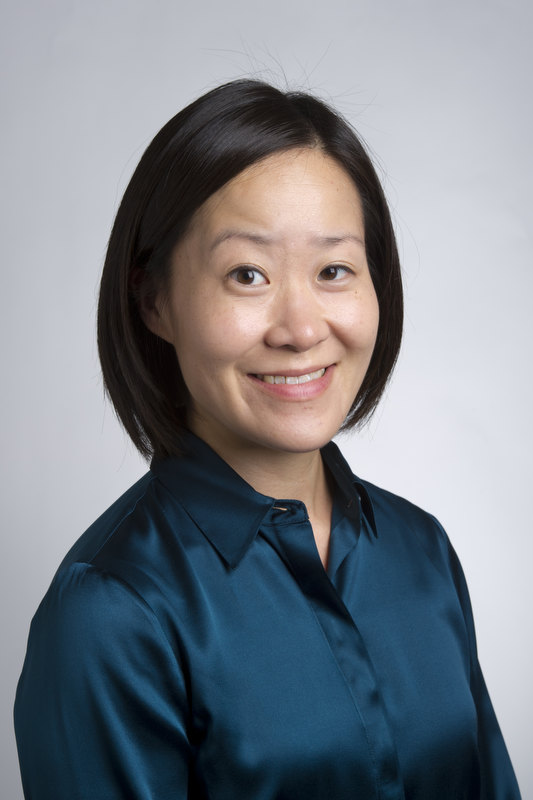After 13 years at Northeastern, Professor Nancy Kim has picked up on a few things. Her new textbook, Judgment and Decision-Making in the Lab and the World, is a prime example of this. In the field of cognitive psychology, Mary Belenky and her colleagues proposed that learning new knowledge can be approached in two ways: separate knowing and connected knowing. Separate knowing is how you might learn from traditional textbooks: often an abstract, objective, disconnected understanding of phenomena. Connected knowing is closer to what many Huskies know as experiential learning: gaining knowledge grounded in context, learned through practical application or experience, and understanding phenomena as they relate to oneself.
Kim decided to write Judgment and Decision-Making when she recognized a need for more connected knowing in textbooks in her field. She oriented her book around both basic research and complementary applied research on how people encounter and analyze how decisions are made, how biases can affect those conclusions, and how decision making across many situations and scales can be seen through the same lens of basic science. Kim approached writing the book from the perspective of a member of the Northeastern community, where “scientists care not only about basic science, but also how it plays out in real life situations.” The text delves into judgment and decision making in medicine, law, criminal investigations, and in personal choices ranging from whether to carry an umbrella today to what career track to pursue. This allows students to learn about decision making in more realistic and personally relevant situations than in more traditional textbooks, which may present only abstract examples.
When asked about her decision to ground the book in experiential learning, or connected knowing, Kim said, “the students we have now are going to run and change the world, and I tried to think about how I could best help facilitate their work.” She crafted her textbook to integrate topics across traditional lines of psychology and related disciplines such as philosophy of mind, neuroscience, and behavioral economics. Her research is also at the intersection of applied and basic science, focusing on studying decision-making and judgment in clinical settings, where cognitive biases held by a clinician can lead to misdiagnosis of a patient, and where there can be significant consequences for patients’ wellbeing.

Judgement and Decision-Making in the Lab and the World, by Nancy S. Kim
During the writing process, Kim sought to use only original sources, reading hundreds of original articles and books and bypassing existing textbooks. “Some really famous studies are cited over and over again as having demonstrated a simple phenomenon, but I found that sometimes the actual finding was not as simple as depicted – for example, the studies might have been conducted without a control condition, or not replicated in follow-up studies. On the flip side, some studies have been critiqued heavily in the literature but it turns out the critique was not fair. So my goal was to sift through all the original material and provide as accurate a reading of the literature as I possibly could.”
Kim spoke of the writing process as humbling. “The more you learn about any given topic, you realize that you don’t know enough about it, and want to know more and more,” she said. As she wrote, she found more and more to include. “But I had to streamline it down to the true essentials, how they connect to other important literatures, and how they play out in the world.”
In her daily life, Kim thinks she can sometimes recognize the way she makes decisions. “I can sometimes put a name to the biases in my thinking, and then I can inform myself if my decision process is rational or not. And then I can decide if I want to be rational.” But she finds comfort that the field recognizes that much of people’s decision making is intuitive and influenced by affect. “We are great at making pro and con lists, but in the end, gut feelings will usually play a big role in the final decision, which may or may not be rational. Knowing how people tend to make decisions does make you a bit more forgiving of yourself, because it’s how we’ve evolved and learned to deal with uncertainty.” The field has provided several major theories of how to make truly rational decisions optimal for achieving your personal goals, which she believes are important tools for everyone to have. “It’s useful to know how your mind works and how you can work with it to optimize your own decision making for life.”
Published by Macmillan Education, the book is available online and from selected booksellers.

